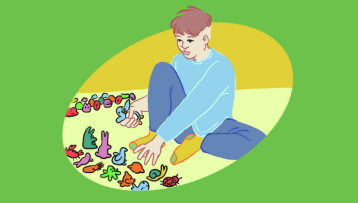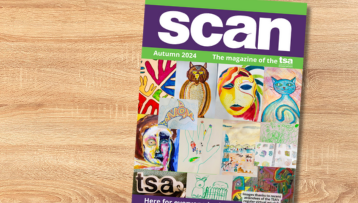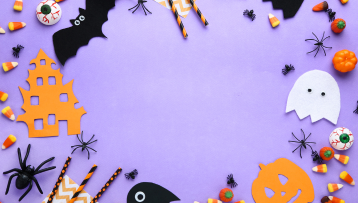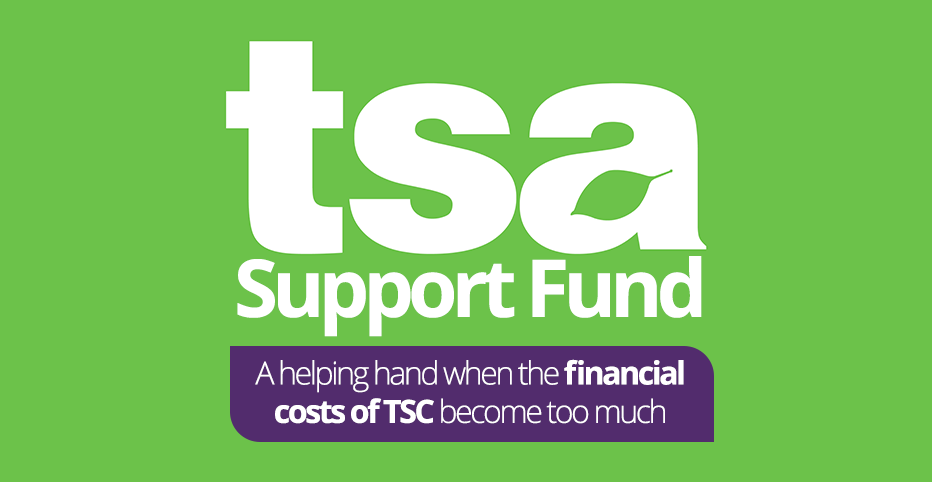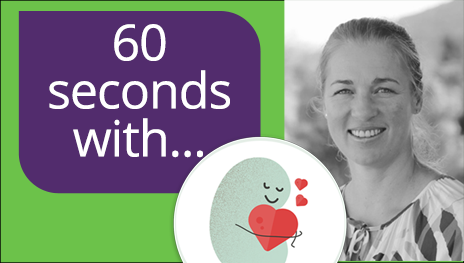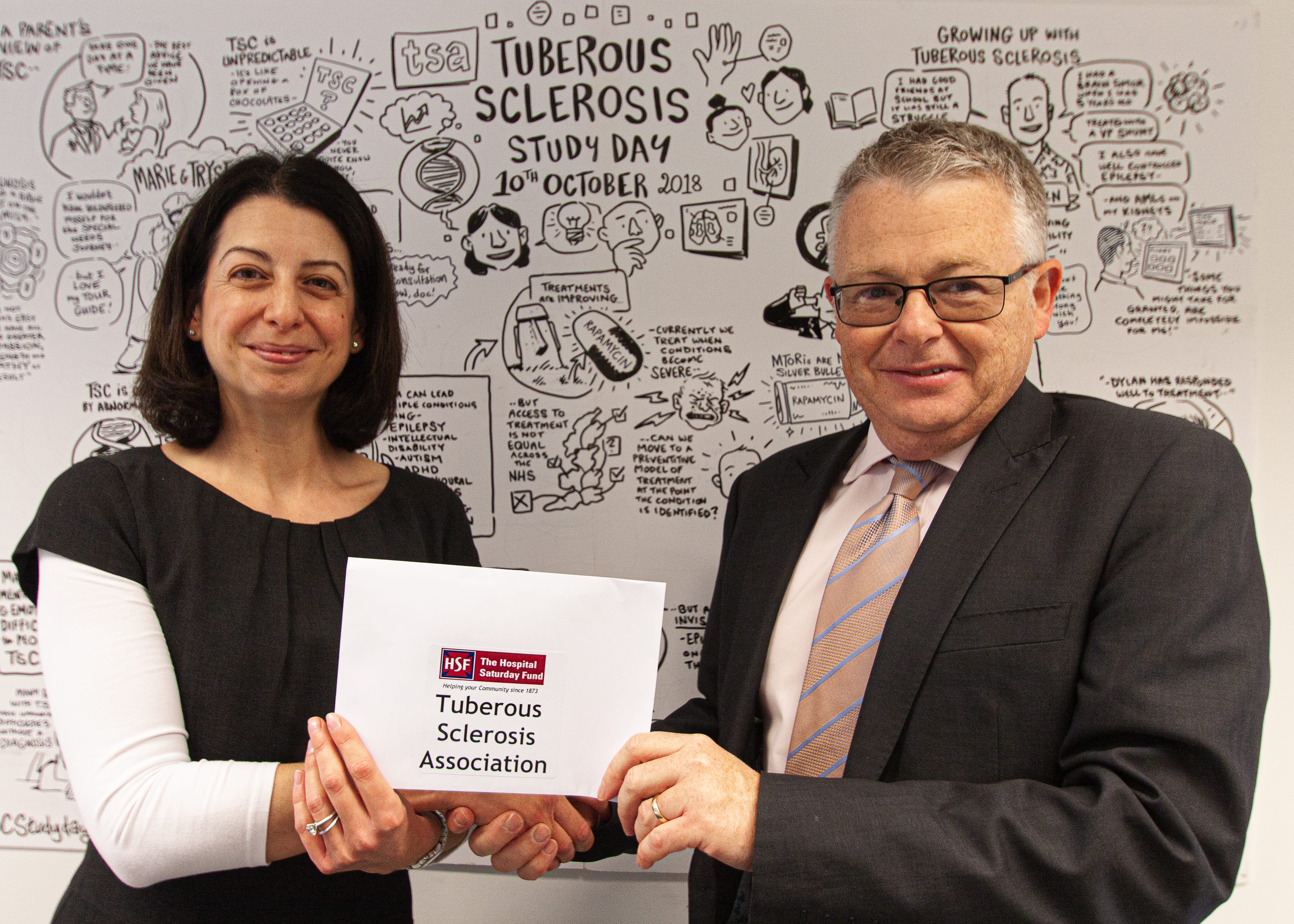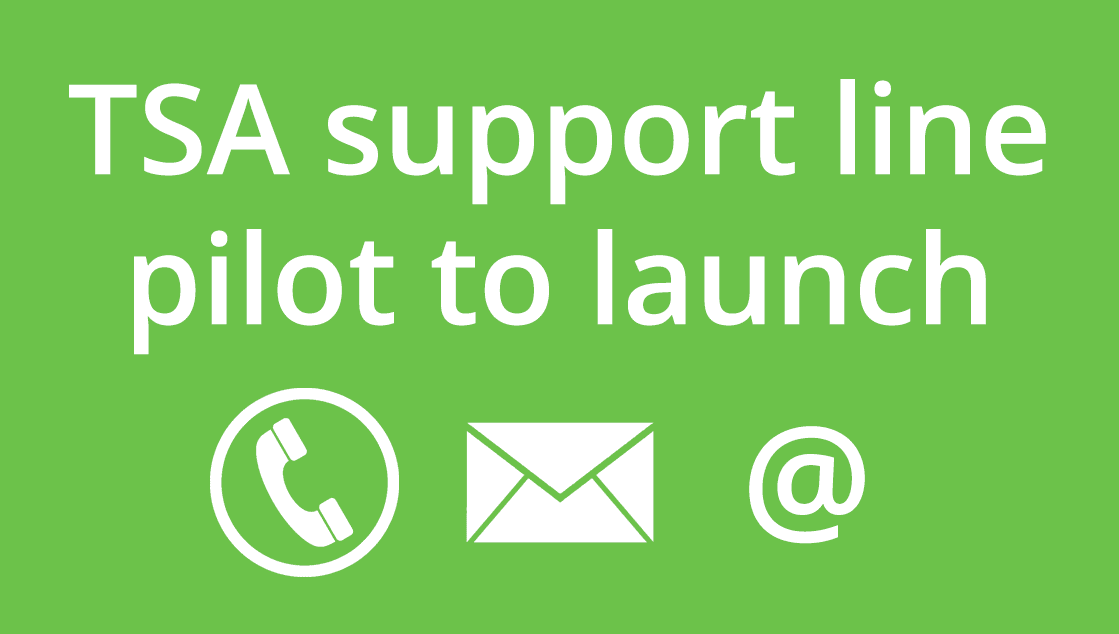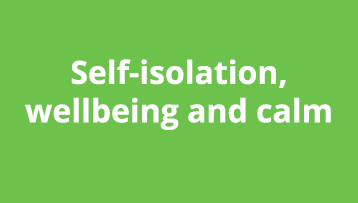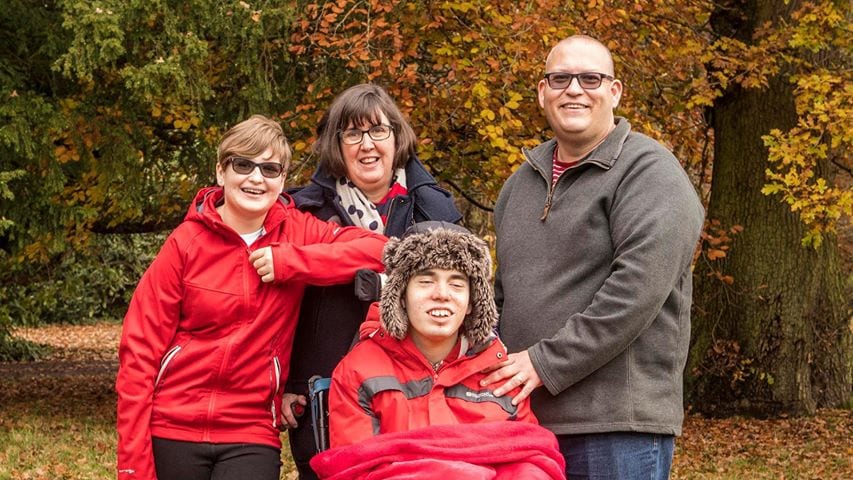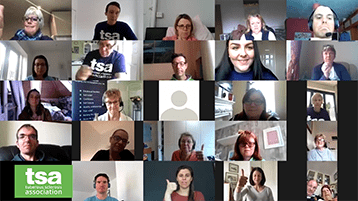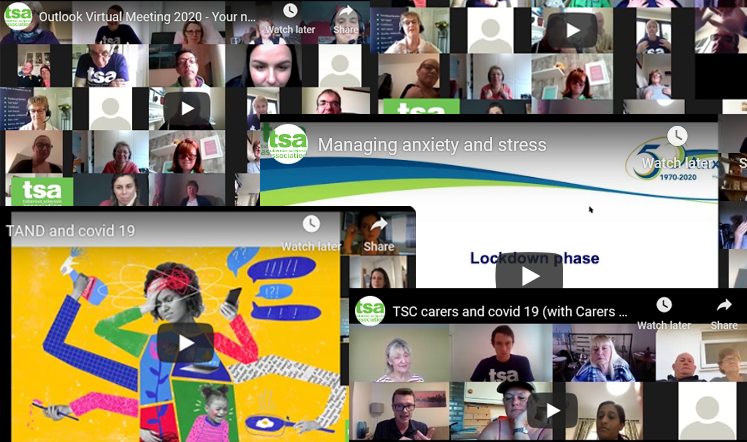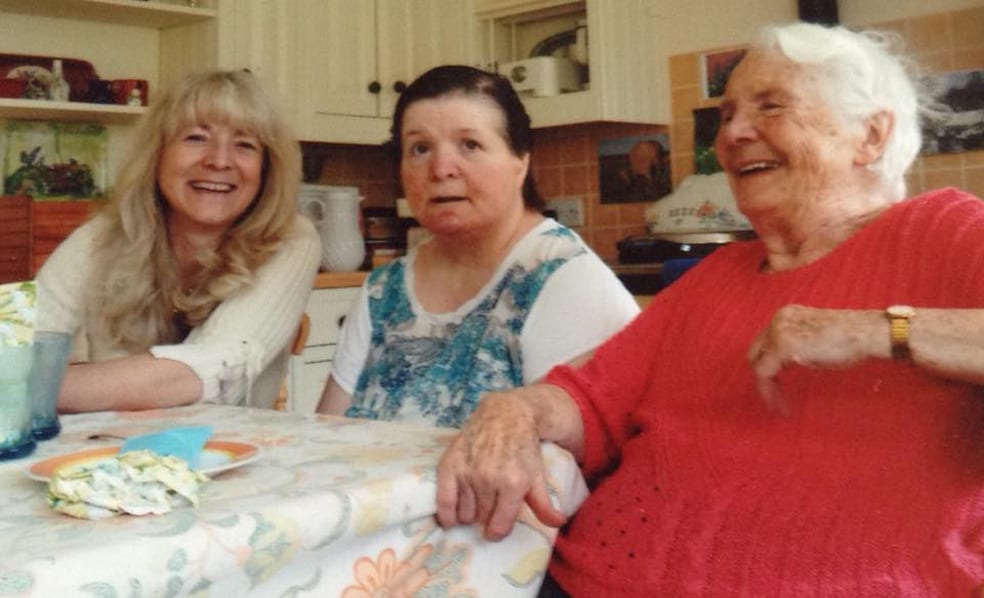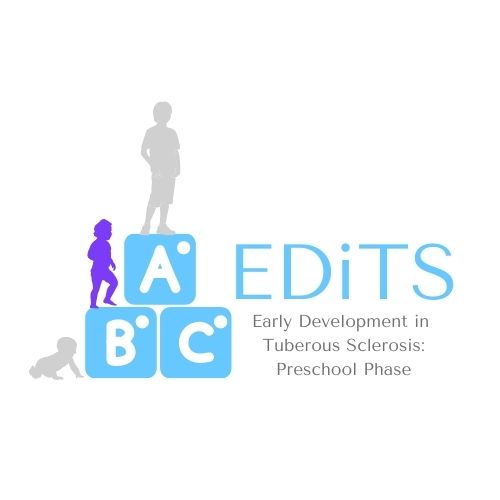Note: If your child requires crisis mental health support, do not delay: Contact Childline or Samaritans. If your child is in immediate danger call 999.
As caregivers and carers, there are ways we can support our children’s wellbeing beyond physical challenges. As part of Children’s Mental Health Week, we’ve got advice about how you can support a child or young person who might be struggling with their mental health, alongside seeking professional help
Approaching mental health challenges in children can feel like a daunting thing to take on, especially with the pressures of the modern world are combined with children who have TSC. However, by introducing a few simple things into daily life you can help to make mental health a much easier and natural topic. If you’d like to discuss mental health challenges in children with TSC more, remember that the TSA Support Line is here for you.
Recognise, acknowledge and validate their feelings, and your own
Children might not be able to recognise that there is a problem, therefore it falls to parents and carers to recognising the possible signs. These can include withdrawal, fear, anger, secrecy, difficulty concentrating or signs of self-injury.
Nine out of ten people with TSC will develop TAND (TSC-Associated Neuropsychiatric Disorders) at some point. By acknowledging that your child is experiencing mental health challenges you’re assuring them that they don’t have to face this situation alone.
As a caregiver, it’s also important to share the same compassion with yourself as you do your children. Seeing your children struggle with their mental health can be especially difficult, especially if you’re not sure why or what you can do to help. You, and your child, are not alone.
Support your child to express their feelings
Children and young people will express their feelings in very different ways and this can be influenced by their age, what developmental stage their at and any learned behaviours that they’ve got. Emotional expression in a healthy and controlled way is key to regulating our nervous system and restoring balance. This is true for everyone, no matter which additional challenges someone has, like learning difficulties or developmental delay.
Some ways to release stored emotions can include:
- Identifying the emotions. Practice naming emotions with your child. Identifying and acknowledging emotions encourages acceptance and validation which can provide relief. Identifying emotions can be practiced using books or posters. If a child is non-verbal, having picture flashcards they can show you can be helpful (e.g., Different facial expressions, different colours that represent different feelings)
- Putting it ‘out there’. This might mean writing feelings down, scribbling, physical movement or using paints and colours to make marks. There’s no limit as long as it’s done in a safe and controlled manner
- Doing a body scan. Guide your child from the top of their head down to their toes whilst supporting them to explore the different physical sensations they might be feeling. This is a good way to introduce your child to mindfulness and meditation
- Physical release. ‘Throwing the bad feelings away’ with a ball, ‘Singing the angry out’ or any other safe and controlled physical release can be a proactive approach to support regulation of emotions.
Make sharing emotions part of your family routine
Integrating emotional sharing into daily family routines can transform the way family members connect with each other, fostering a culture of openness and trust. Making this a part of your everyday life doesn’t have to be complex or time-consuming, it can be as simple as incorporating a few key practices into your daily interactions.
You might consider introducing a ‘Daily check-in’ with all family members, where you share how your feeling and how the day or week is going. This could be expanded into other things, such as an ‘Feelings chair’ where you and your children go if you want to share something, or perhaps a ‘Family mood board’ to track feelings.
Having emotion sharing as part of family life is most useful when the entire family joins in as much as possible.
Offer choices and control
When experiencing mental health challenges, children might feel out of control and disconnected with themselves and others. It can be a scary and frustrating time. Even though they might not be able to control how they’re feeling from one moment to the next, by offering choices in other, practical aspects of life you can empower children by reassuring them that their voice is heard and that their voice matters.
Offering choices may involve choosing what to wear, choosing not to participate in an activity or choosing what to eat. Too many choices can result in overwhelm so two or three appropriate options can work well.
The more we talk about and acknowledge mental health, the easier it becomes
This Children’s Mental Health Week, let’s remember the important role that we all play in shaping the mental wellbeing of children and young people. By discussing feelings, encouraging emotional expression, offering choices and creating a supportive environment, we provide a way for us all to navigate mental health and wellbeing in our daily lives.
Make a one off or regular donation
£10 Can allow us to send a welcome pack to a family who has just received a life-changing TSC diagnosis, ensuring that they do not go through this time alone.
£25 Can help us develop materials that are included in our support services, flagship events or campaigns.
£50 Can provide laboratory equipment for a day’s research into the causes, symptoms, management or treatment of TSC.
To provide help for today and a cure for tomorrow










